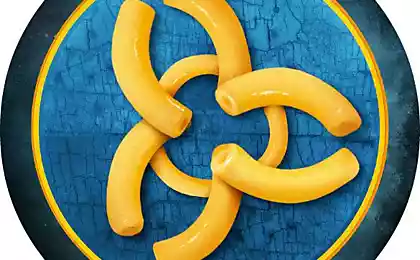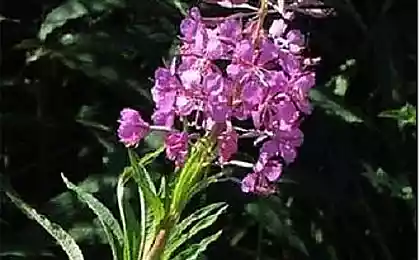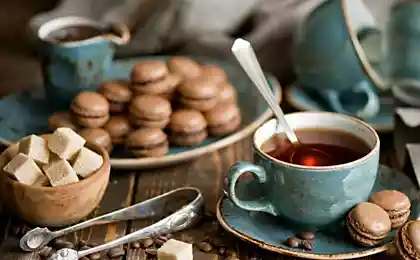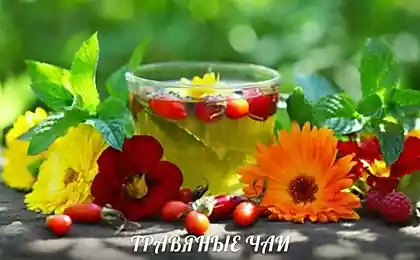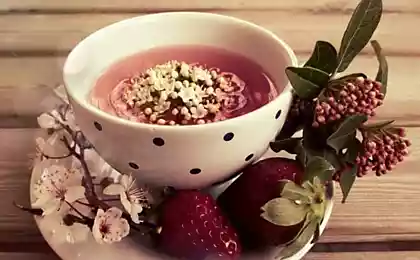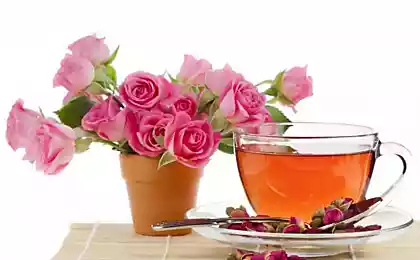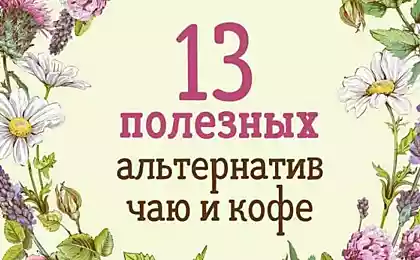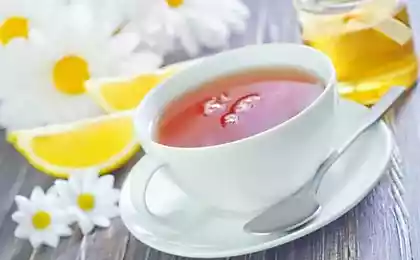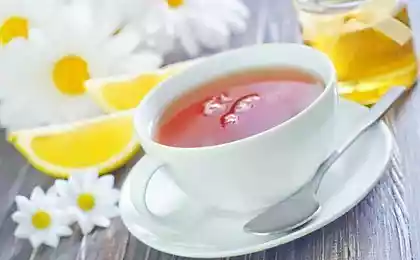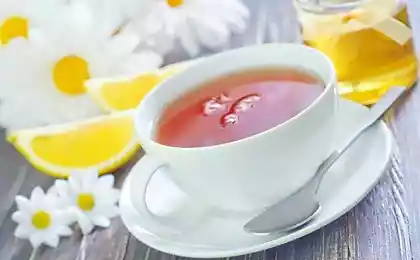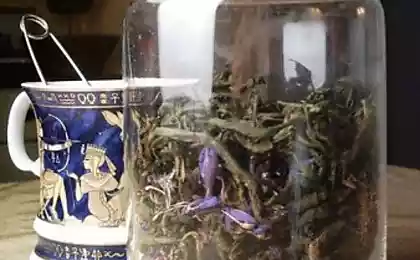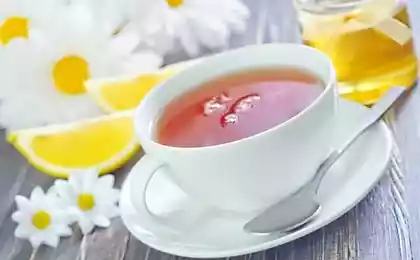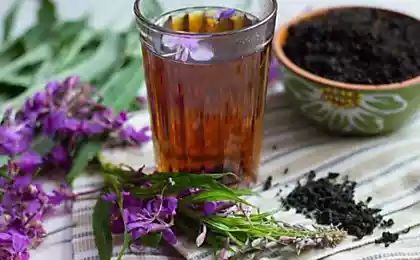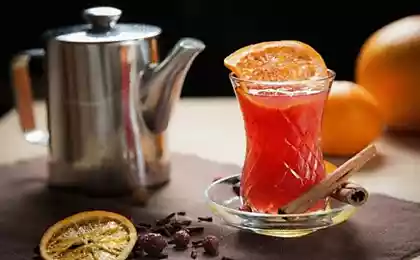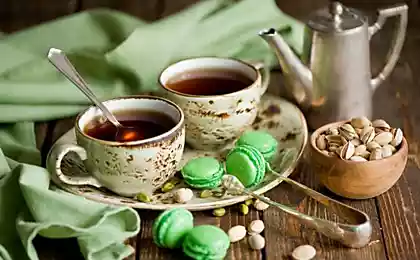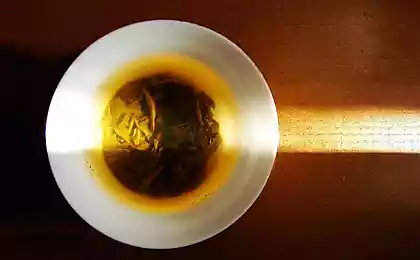139
Recipes for natural dyes from a meticulous pastry chef
We all want birthday cake or holiday cookies to please the eye with bright colors. Even coloring the most common products can be an exciting game. But only natural food colors will make it safe. They will be discussed in our article.

With the dyes on our list, you can try yellow, pink or purple smoothies. Surprise children with green pasta and cheese. Give absolutely any color of the rainbow to boiled eggs.
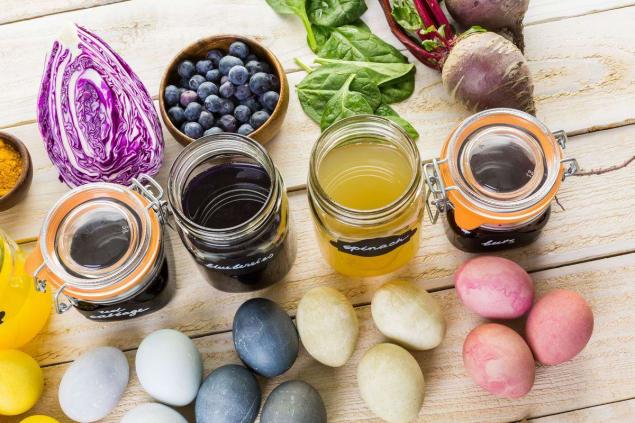
Moreover, many bright decoctions, squeezes and juices of plants from our list are able to enrich your dishes with vitamins and give them a savory taste.
Green Japanese green tea "match" is a leaf of green tea, rubbed into powder. This powder is used not only for tea drinking. Match tea is a harmless natural dye of green. You want to make green biscuit, mousse, cream, marshmallow? No problem!
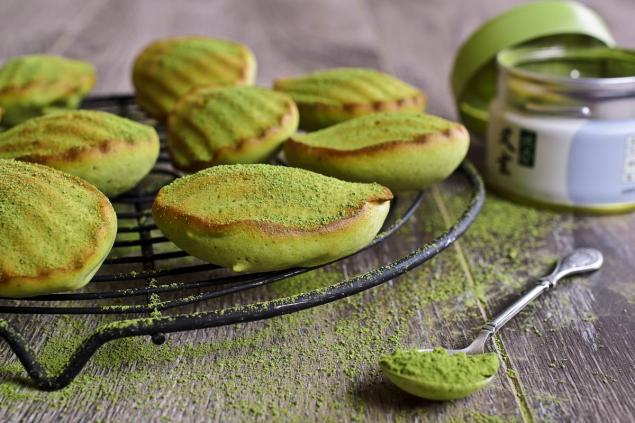
For biscuits with a diameter of 16 cm, it will be enough to add only 1.5 teaspoons of powdered tea to the flour. It can also add a Japanese touch and bright greens to your cupcakes, cheesecakes, cookies, jelly, cocktails and even coffee!
This color your dishes can give many natural food dyes. Turmeric, saffron, rubbish fruit, nail petals, lemon peel and carrot juice.

We tell you how to make a yellow dye. Mix half a glass of water and 1.5 teaspoons of turmeric in sothenic. Bring it to a boil and let it cool. Keep no more than 2 weeks in the refrigerator.
Blue is said to be less common in nature. But we can name a long list of its natural sources. These are eggplant peels, blueberries, blue grapes, purple cabbage and anchan tea, which is also called the blue of the match.

Mix in a blender a quarter glass of blueberries and an eighth glass of water. Whip to uniformity, then strain and get a natural blue dye.
Red Purple food additive E120 is obtained from cochineal. These are small bugs that are specially bred on the leaves of cacti. But we're not asking you to eat insects.
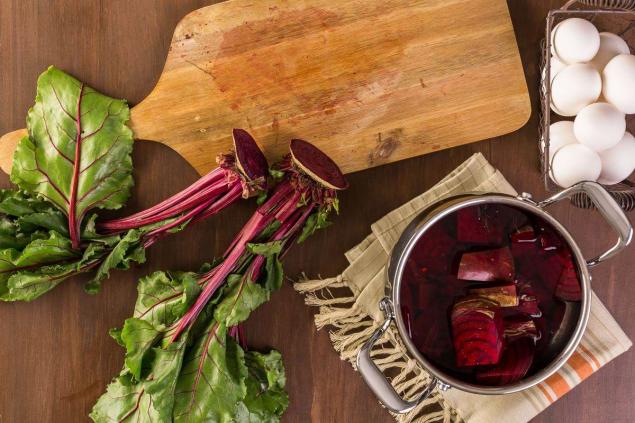
Maybe not so bright red, but much easier to get with beets. Cut one medium-sized root vegetable into small pieces. Pour them into a bowl of blender and add half a glass of water. Mix everything, then strain it. That's it, your food coloring is ready!
Different shades of brown can be obtained thanks to burnt sugar, onion husks, coffee and cocoa. A few spoonfuls of cocoa added to the dough will make your biscuit light brown. If you dilute cocoa in milk, the color will turn darker.
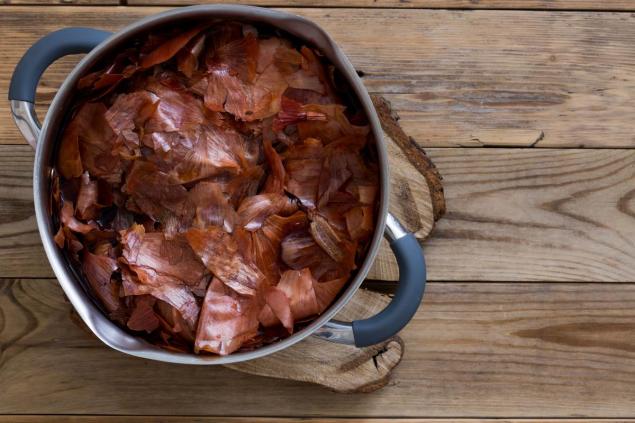
If you prefer to use sugar, mix it with water (5:1) and pour it into the pan. Heat on a small fire, not forgetting to stir. Remove from the fire when the mixture acquires the desired shade.
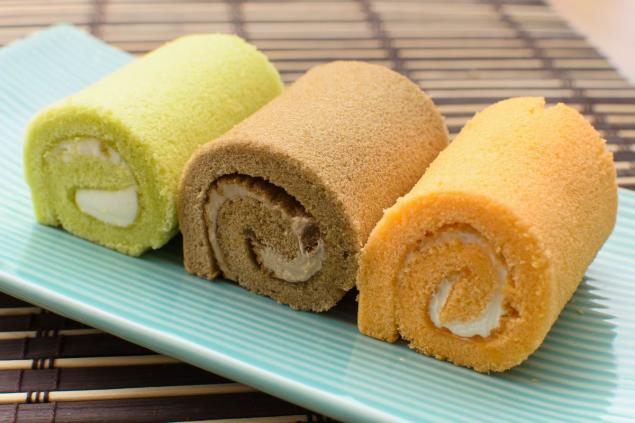
It should be understood that natural dyes give only a light, natural shade of color. And you should not expect very bright colors from them. However, they are absolutely harmless, and it is logical to use them primarily in those dishes that are designed for children.

With the dyes on our list, you can try yellow, pink or purple smoothies. Surprise children with green pasta and cheese. Give absolutely any color of the rainbow to boiled eggs.

Moreover, many bright decoctions, squeezes and juices of plants from our list are able to enrich your dishes with vitamins and give them a savory taste.
Green Japanese green tea "match" is a leaf of green tea, rubbed into powder. This powder is used not only for tea drinking. Match tea is a harmless natural dye of green. You want to make green biscuit, mousse, cream, marshmallow? No problem!

For biscuits with a diameter of 16 cm, it will be enough to add only 1.5 teaspoons of powdered tea to the flour. It can also add a Japanese touch and bright greens to your cupcakes, cheesecakes, cookies, jelly, cocktails and even coffee!
This color your dishes can give many natural food dyes. Turmeric, saffron, rubbish fruit, nail petals, lemon peel and carrot juice.

We tell you how to make a yellow dye. Mix half a glass of water and 1.5 teaspoons of turmeric in sothenic. Bring it to a boil and let it cool. Keep no more than 2 weeks in the refrigerator.
Blue is said to be less common in nature. But we can name a long list of its natural sources. These are eggplant peels, blueberries, blue grapes, purple cabbage and anchan tea, which is also called the blue of the match.

Mix in a blender a quarter glass of blueberries and an eighth glass of water. Whip to uniformity, then strain and get a natural blue dye.
Red Purple food additive E120 is obtained from cochineal. These are small bugs that are specially bred on the leaves of cacti. But we're not asking you to eat insects.

Maybe not so bright red, but much easier to get with beets. Cut one medium-sized root vegetable into small pieces. Pour them into a bowl of blender and add half a glass of water. Mix everything, then strain it. That's it, your food coloring is ready!
Different shades of brown can be obtained thanks to burnt sugar, onion husks, coffee and cocoa. A few spoonfuls of cocoa added to the dough will make your biscuit light brown. If you dilute cocoa in milk, the color will turn darker.

If you prefer to use sugar, mix it with water (5:1) and pour it into the pan. Heat on a small fire, not forgetting to stir. Remove from the fire when the mixture acquires the desired shade.

It should be understood that natural dyes give only a light, natural shade of color. And you should not expect very bright colors from them. However, they are absolutely harmless, and it is logical to use them primarily in those dishes that are designed for children.
Strong words that attract and hold good luck
What I cook when no one is home and I don’t have to hurry.

